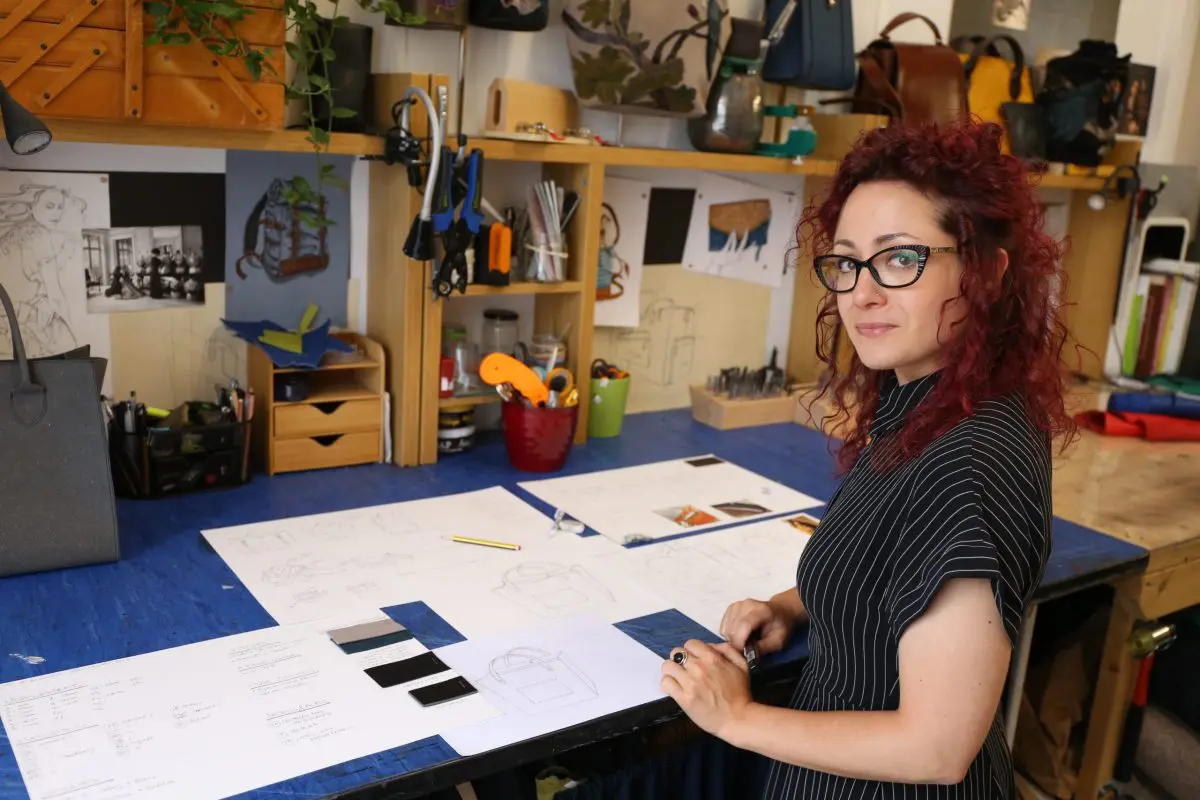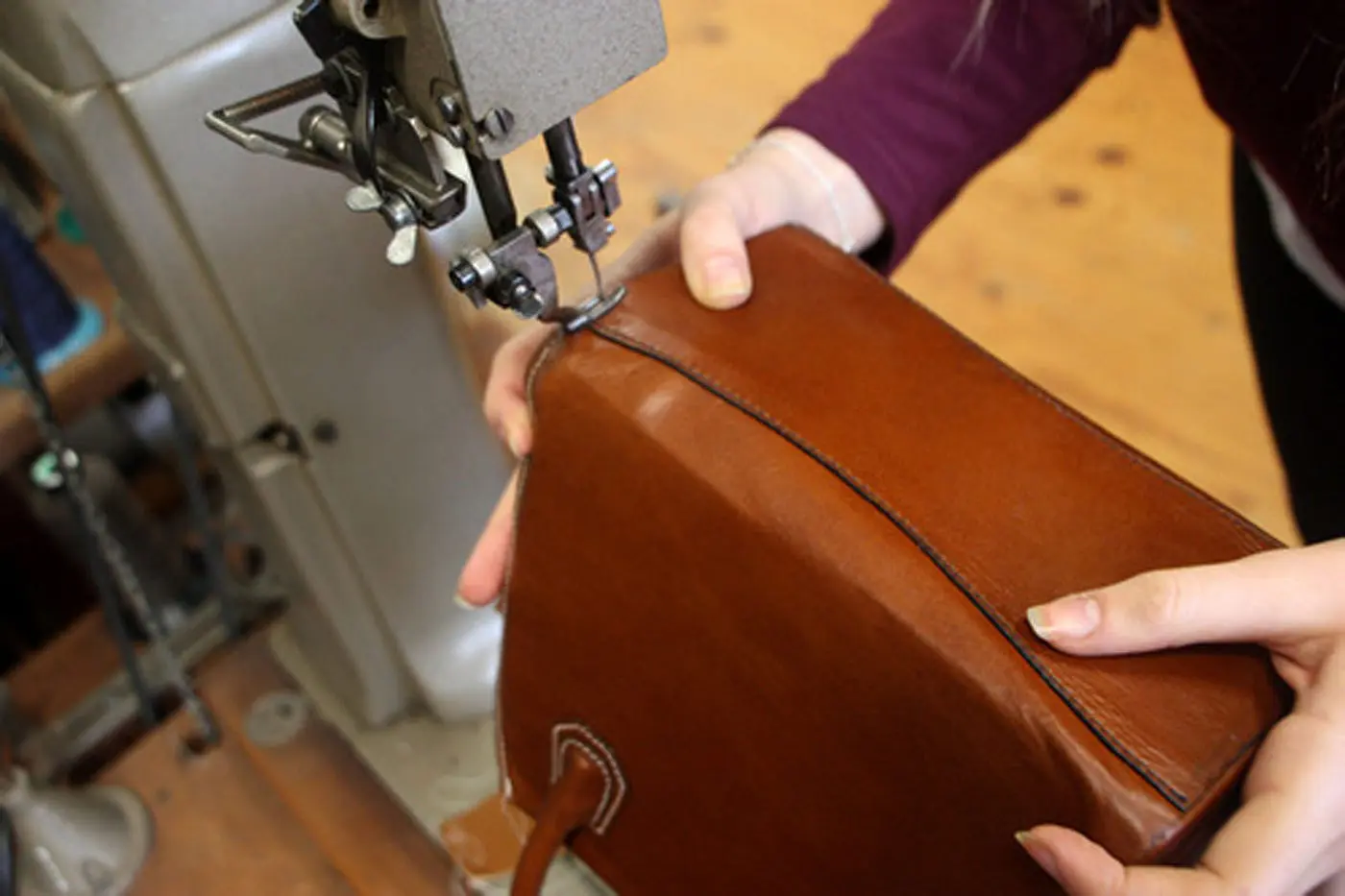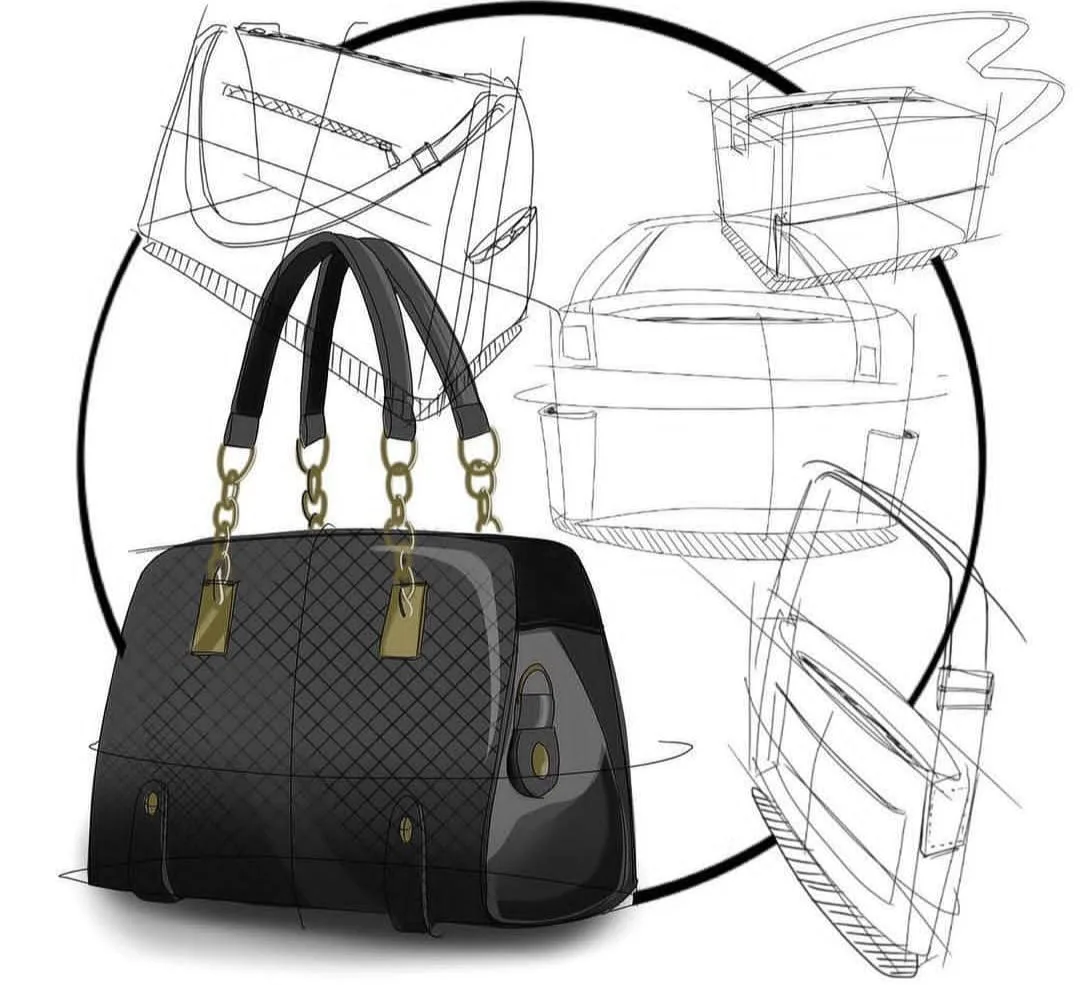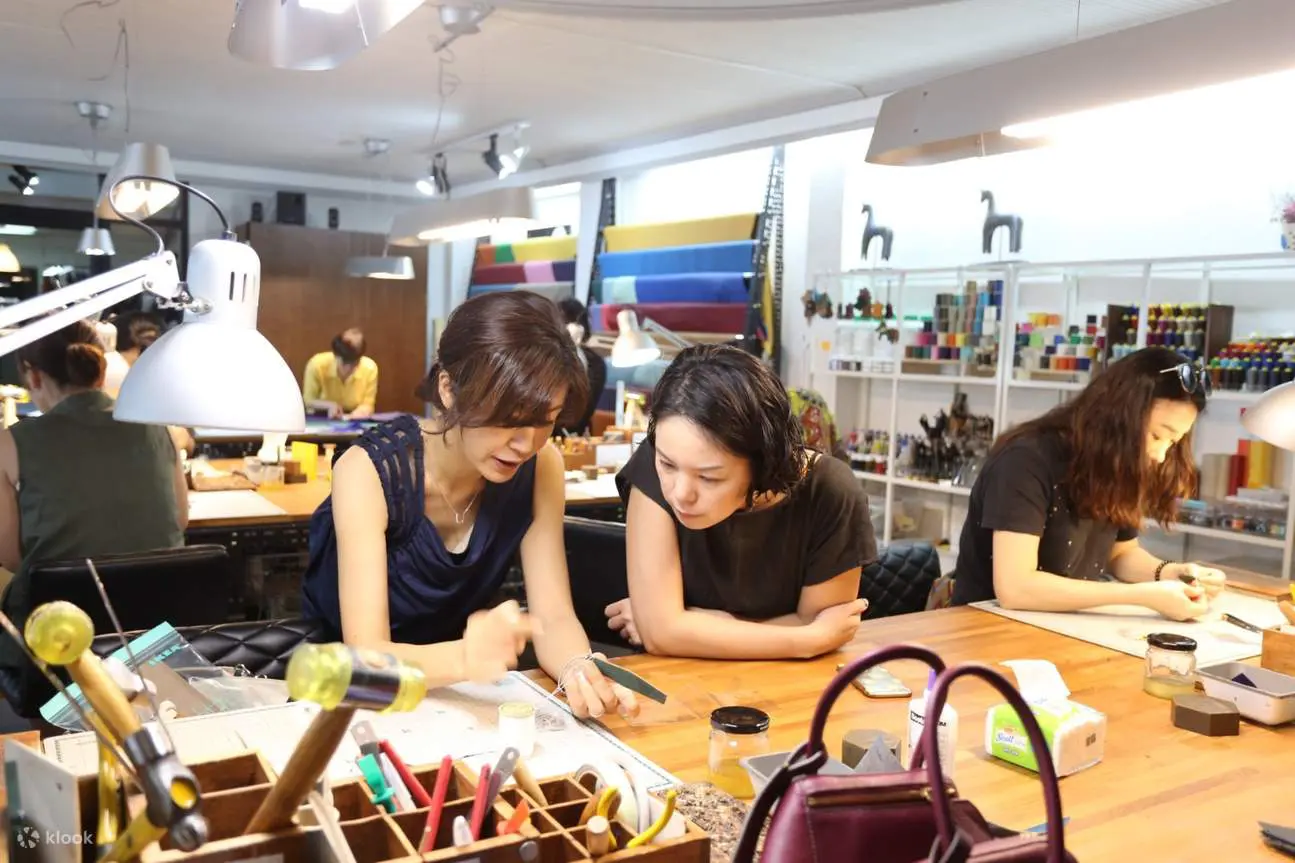
In the world of fashion, handbags are more than just accessories; they encapsulate style, functionality, and ultimately, a designer’s vision. The handbag manufacturing process is an intricate journey that transforms initial concepts into functional and stylish products.
It begins with the designer’s vision, which is translated into a cohesive collection of designs that prioritize both aesthetics and utility. This evolution from concept to creation involves multiple stages, including designing, prototyping, production, and quality assurance.
Each handbag is meticulously crafted, reflecting the skill and craftsmanship of the artisans involved, ensuring that every piece meets high fashion standards.
Understanding the Handbag Manufacturing Process

The handbag manufacturing process involves several critical stages, each designed to ensure that the final product meets both aesthetic appeal and functional requirements. Recognizing the significance of each phase empowers you to appreciate what goes into creating a handbag that stands out in the market.
Designing with Purpose
The handbag design process begins with an artist’s vision. Designers must delve into material selection, functionality, and styles that cater to various consumer preferences. Inspiration can be drawn from fashion magazines, blogs, or retail environments to ensure relevance in today’s market. A focus on the target demographic’s needs and preferences is essential for crafting products that resonate well with potential buyers.
The Importance of the Tech Pack
Understanding the importance of the tech pack is crucial in the handbag design process. This comprehensive document serves as a blueprint, outlining specific details such as materials, measurements, color specifications, and assembly instructions. A well-prepared tech pack facilitates smoother communication between designers and manufacturers, ensuring clarity and reducing the risks of errors during production.
Prototyping and Sample Development
A pivotal step in translating a design into a tangible product is prototyping and sample development. This phase allows designers to create initial versions of their handbags, which can be tested for functionality, style, and durability.
Feedback from these samples can lead to refinements in design and functionality, ensuring the final product meets both the designer’s vision and consumer needs. By focusing on these elements, brands can create high-quality handbags that reflect their commitment to excellence.
How Handbags Are Made – From Concept to Creation

The journey of handbag creation involves multiple stages, from sourcing materials to final quality checks. Understanding these steps provides insight into the craftsmanship that goes into each piece.
Material Sourcing and Quality Inspection
At the outset of creating a handbag, sourcing high-quality handbag materials and techniques is critical. Designers select fabrics, leathers, and hardware that align with their vision and the specified criteria in the Tech Pack. These materials undergo thorough quality inspection to ensure they meet industry standards. Such scrutiny lays the groundwork for the handbag’s durability and aesthetic appeal.
Handbag Production Steps
Handbag production steps encompass various activities, starting from cutting materials to prepare them for assembly. Each layer of fabric or leather is measured and cut with precision, followed by stitching and other necessary techniques that shape the form. These steps are executed with meticulous care to produce handbags that withstand the test of time.
Handbag Assembly Methods
When discussing handbag assembly methods, several approaches come into play. Skilled artisans utilize sewing machines and hand-stitching techniques to join pieces together seamlessly. Innovative assembly methods may also involve bonding materials directly, minimizing the visibility of seams while enhancing durability. Each method has its benefits and challenges, influencing the overall quality of the completed product.
Final Quality Control Measures
Once the assembly is complete, final quality control measures are imperative. Every handbag undergoes a detailed inspection process to catch any inconsistencies in stitching, material flaws, or other aesthetic issues. This final check ensures that only the highest-quality handbags reach consumers, reflecting the brand’s commitment to excellence.
The Role of Specialized Workshops

Understanding the handbag manufacturing process in depth often leads to collaboration with specialized workshops, which play a crucial role in refining and perfecting handbag designs. Some Workshops specialize in turning designers’ concepts into reality, providing expertise in every stage of the creation process like thepurseworkshop.com. They offer invaluable insights into materials, assembly techniques, and the final touches that elevate a handbag from good to extraordinary.
Conclusion
The journey of handbag production from concept to creation reveals the remarkable skills and dedication prevalent within the handbag manufacturing industry. Each phase, whether it’s the thoughtful design, meticulous planning, or refined craftsmanship techniques, showcases an unwavering commitment to excellence and innovation. By appreciating this intricate process, you gain insight into the artistry involved in crafting your favorite handbags.













